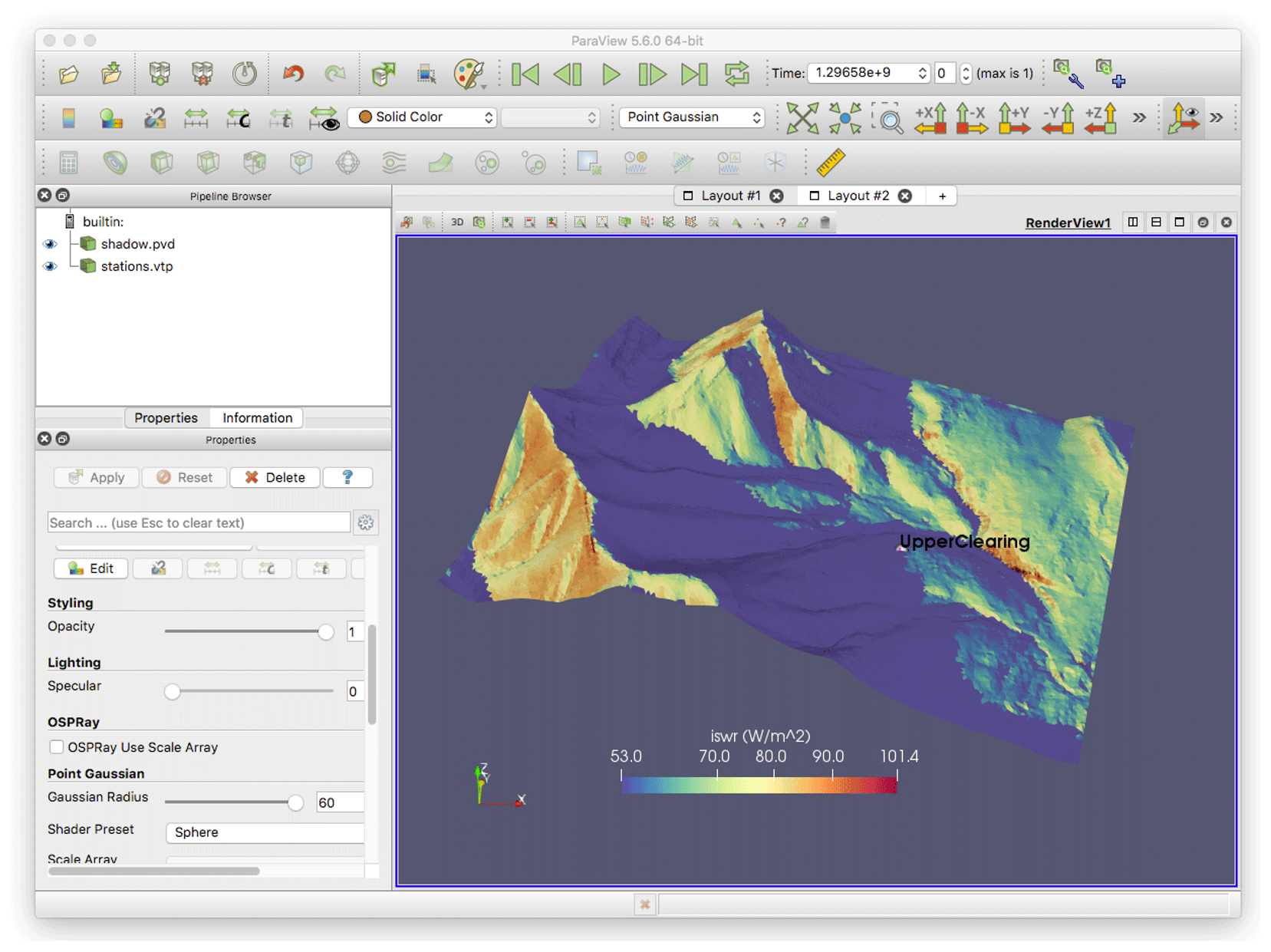Thematic Priorities

The development of a next-generation hydrologic modeling system will focus work on both model physics and computational infrastructure.
1. Model physics. The work on model physics will focus on improving multiscale / multi-physics modeling capabilities in the Canadian Hydrological Model (CHM). This will enable both flexibility in process representation as well as flexibility in spatial configurations (including horizontal interactions [e.g., snow redistribution, runoff processes] and the connectivity of the landscape). A key need is to incorporate physically based representations of all dominant processes from the canopy to the bedrock and from headwaters to estuaries. Building on the existing process representation in CHM, model development will focus on glaciers (including the dynamics of glacier flow dynamics and the associated change in glacial area), vadose zone (partially frozen soil, permafrost, macropores), wetlands (fens, bogs); potholes and changes in contributing areas, groundwater (shallow and deeper aquifers, characterizing hydrogeology; representing flow through karst landscapes), and lakes (small, large, managed).
2. Computational infrastructure. CHM will be constructed using modern coupling methods. Such model coupling/workflow infrastructure will follow a hierarchal approach, including inter-component coupling (e.g., adding new capabilities to an existing model), intra-component coupling (e.g., managing exchange of information and time stepping for different model components (e.g., a snow model and a sub-surface hydrology model), multi-model coupling (e.g., a chain of discrete models with one-way flow of information), and workflow management (e.g., managing/scheduling the flow of information in a complex forecasting system). Careful attention to developing the coupling/workflow infrastructure is needed in order to avoid the “duct tape and baling wire” approach that plagues many large-scale modeling efforts. Rapid progress is possible by leveraging existing community tools (e.g., Earth System model couplers [e.g., the Earth System Modeling Framework] and workflow management systems [e.g., EC-Flow]). These efforts to advance computational infrastructure will be closely coordinated with the computer science team.
Faculty Leads
Loading...
Highly Qualified Personnel
Loading...
Collaborators
Loading...
